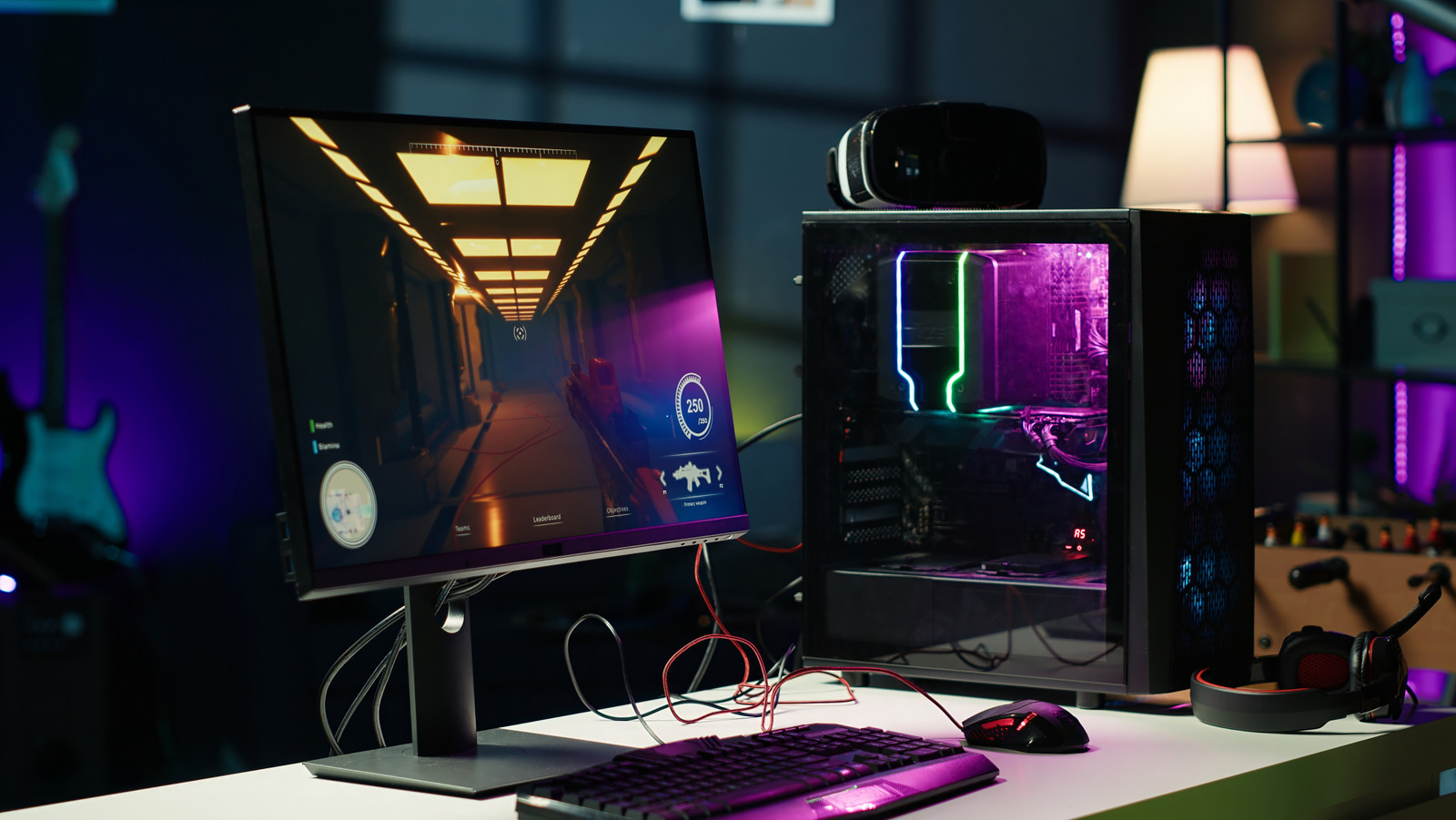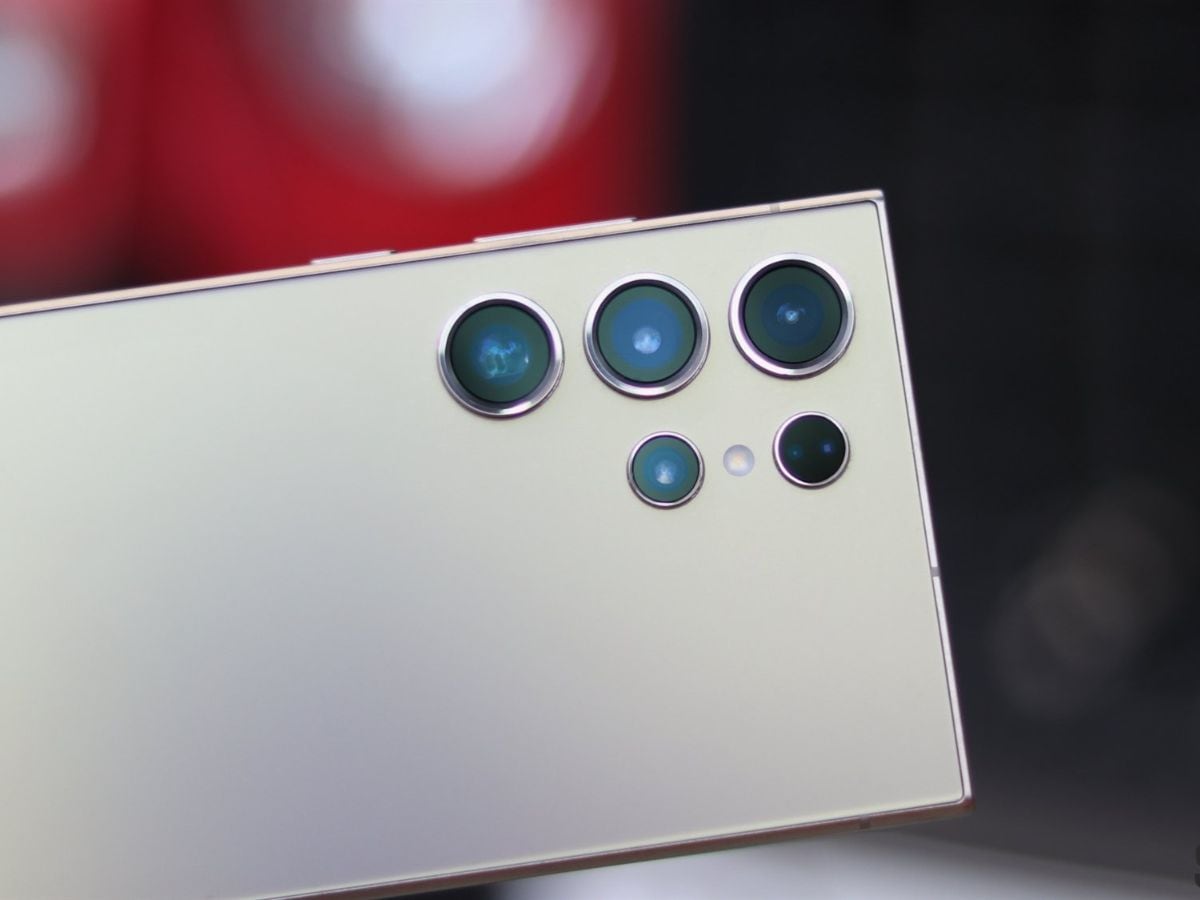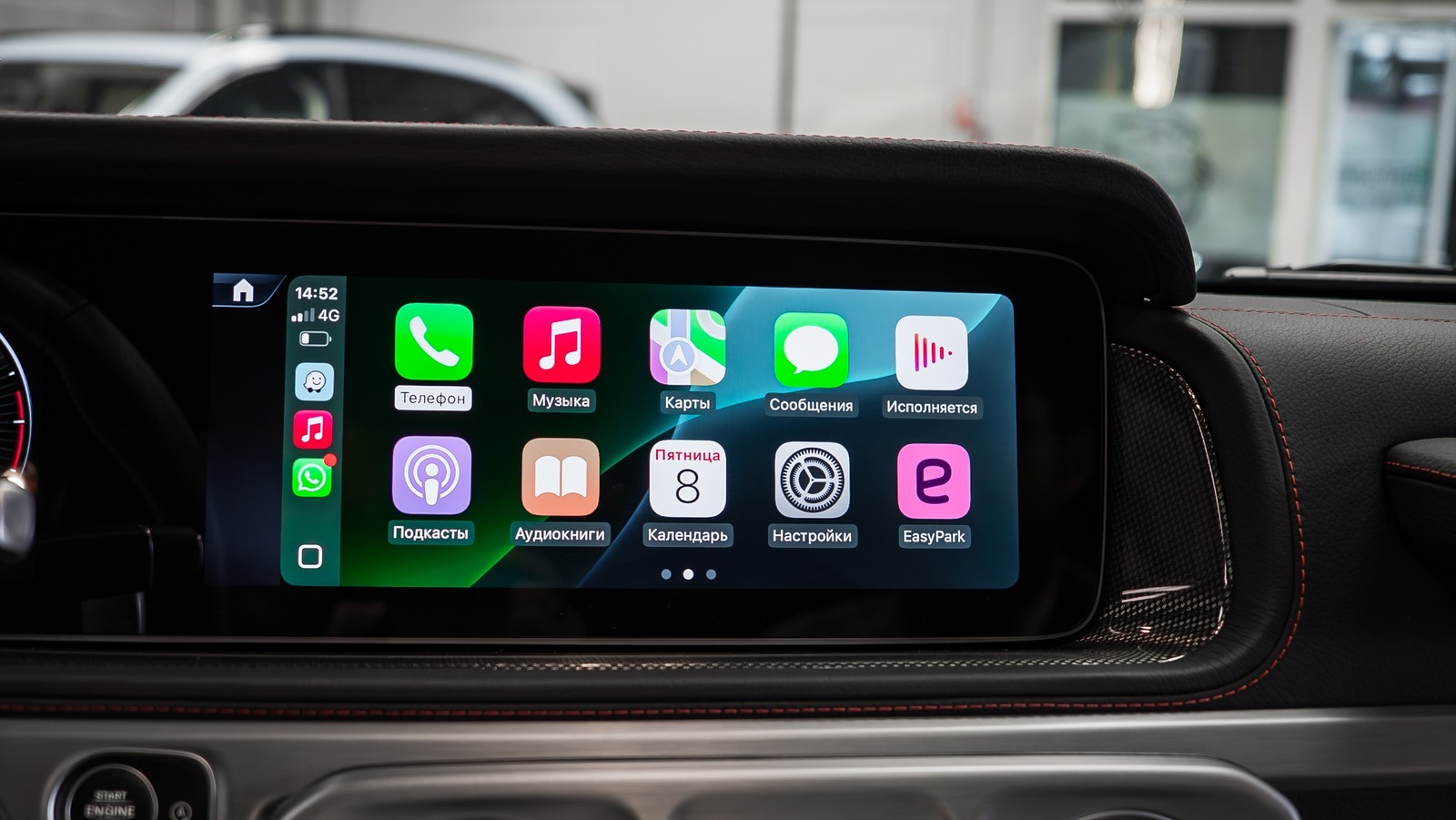With crypto moving away from GPU (graphics processing unit) mining and AI turning to more specialized chips, GPU prices are finally on the decline, making it a great time to build your long-awaited PC. With plenty of video tutorials walking you through the whole process, the internet has made building a PC easier than ever.
But if it’s your first time doing this, you are still likely to make some mistakes, as even the best guides can gloss over the stuff believed to be obvious. Some of the mistakes are quickly apparent when your PC fails to boot or crashes unexpectedly, but other things can fly under the radar. These issues can be harder to spot, and while not causing a complete failure, they could be undercutting performance. This includes missteps when assembling the hardware or not configuring the software settings correctly.
When shopping for components, always verify that everything you are buying is supported by your chosen motherboard. Also, ensure that you are getting a good power supply and a case that can handle your build. When shopping for components, be sure to understand which parts you can buy used and which you should always get new. Once you have everything that you need, these are the mistakes to watch out for when setting up a new computer.
Putting the GPU and SSD in the incorrect slots
When shopping for a motherboard, you take care to pick one that supports the latest PCIe (Peripheral Component Interconnect Express) version for your graphics card and the most recent generation M.2 slot for fast NVMe SSD (Non-Volatile Memory Express Solid State Drive) speeds. But then you install your components and they don’t perform as well as they should. The speeds are much lower than advertised, as if it were running on the older version of the standard.
This is because not all the PCIe slots are equal. Only one may support the highest version of the standard, while the rest are running at slower speeds or on an older generation. Thanks to backward compatibility, your GPU should run on any of them (as long as it fits the size), but the performance will suffer as it fails to reach its top performance. You see this with SSDs as well. The first Gen 5 PCIe SSDs could deliver speeds of 13,000 MB/s (megabytes per second), but only if they’re in the right slot. In a PCIe 4 slot, it would be throttled to a much lower speed.
This is why it is essential to double-check the exact specs of the slot you are installing your components in. The motherboard manual (or just its details on the manufacturer’s website) will clearly denote the exact version of the standard supported by every slot. Make sure to install your graphics card in the top-most, maximum bandwidth PCIe slot, and the NVMe SSD in the best M.2 slot on the board.
Connecting the display to the motherboard
Every motherboard using a processor (CPU) with an integrated GPU (iGPU) can display graphics on its own, which is why you can plug in a build without a dedicated GPU into a monitor without issue. But when gaming or performing tasks that can utilize the power of the GPU, such as video editing — especially on high-end displays with a 4K resolution and 120 Hz refresh rate — you will need the power of a dedicated GPU. The thing is, simply installing a discrete graphics card does not ensure that it is driving your monitor — you need to plug the display directly into the GPU.
If you connect the monitor to the DisplayPort or HDMI port available on your motherboard’s I/O (input, output) panel, one of two things will happen. If the CPU doesn’t have an iGPU, you won’t get any video. If there is an iGPU present, your PC will run on the processor’s integrated graphics, severely limiting performance. While that takes care of the graphics rendering to run your game, you will not get the high refresh rates or general performance you desire without a direct connection to the graphics card.
Incorrect fan orientation
Your CPU likely uses a dedicated cooler, but that is rarely enough to keep it or other components cool during intensive workloads like video editing or gaming. An easy way to fix this issue is to add more case fans to improve the airflow inside the PC cabinet. But there is a tiny problem — fans are directional, and installing them without taking that into account can actually cause issues.
Simply creating turbulence within the case is not helpful; the idea is for some fans to pull fresh air into the cabinet (intake) while others push it out of it (exhaust). This ensures the hot air rising from the heat sink and various components is quickly blown away, and the air in the case is constantly aerated to prevent overheating. To this end, you are supposed to install intakes on one side of the cabinet, and exhausts on the other, with all the fans aligning in the same direction. This allows cool air to flow in from one side and hot air to leave from the other.
Most fans will have arrow markings to clarify where it pushes the air, and in case you are still unsure, you can always test it and check which side is blowing the air. Verify before installing to ensure your fans are working together and creating a constant airflow through the case.
RAM sticks in a single channel
Most modern motherboards are capable of supporting up to four RAM (random access memory) modules. Many builds don’t use all four RAM slots, opting to use just one or two sticks. While one stick can provide sufficient memory for tasks, utilizing two (or four) sticks enables dual-channel memory for increased memory bandwidth and superior performance.
Even if you use two RAM modules, installing them is not straightforward. Your normal instinct may be to push the memory sticks into the first two slots, but that is incorrect and puts them into a single channel. What you need to do is to put them into alternative slots, leaving one empty in between. Which leaves us with either the first and third, or the second and fourth memory slots to use.
Due to quirks of the signal trace topology on the motherboard, using slots two and four is more stable. Using slots one and three is not recommended unless you are installing four sticks. You may not see much difference in performance, but there are features like XMP profiles that only activate when your RAM sticks are in the second and fourth slots.
Not installing the WiFi antenna
It is always a good idea to buy a Wi-Fi motherboard to save a PCIe slot that would otherwise have to go to a network card. Boards that come with Wi-Fi generally include a Wi-Fi antenna that needs to be connected to the PC to catch wireless signals properly. Since our laptops and phones use built-in antennas, new PC builders may incorrectly skip this step. If the antennas aren’t connected, you may be surprised when you see poor network strength and slow speeds.
It’s not just the Wi-Fi either — the network function includes Bluetooth connectivity as well, and if you are having issues connecting your headphones or controllers, this might be the culprit. Of course, depending on the PC’s distance from the router and the network conditions, you might get good signal strength even without the antenna, making it seem unnecessary. But that makes the signal unreliable, and your wireless connections may stutter or lose connectivity outright if you move the PC.
This is why it is important to install the Wi-Fi antenna when setting up a new PC. Just plug it into the motherboard, and if connected by a wire, put it on top of the cabinet. As long as you are in range, this will eliminate any potential signal strength issues for your computer, both for the Wi-Fi and any Bluetooth devices you want to connect. Obviously, even an antenna cannot catch a signal from a router that’s too far away. If you are still experiencing issues after connecting your antenna, you may want to get a good WiFi extender to eliminate such dead zones.
Poor surface contact with the heatsink
Installing the CPU is one of the most important parts of the PC building process, one where you don’t want to get anything wrong. Thankfully, it has become much easier in recent years, where the pins are on the motherboard itself. The actual pitfalls of configuring a CPU lie in the part that comes after placing it in the motherboard – installing the heatsink.
The heatsink itself is a static component with heat-radiating fins and often comes with an attached fan to remove this heat faster. The tricky part is ensuring that it makes perfect contact with the processor. A very simple mistake first-time PC builders make is to forget to remove the sticker protecting the heatsink. That sticker is used to protect it against scratches during packaging and shipping, but leaving it on creates an insulating layer that can cause the processor to overheat.
Another tricky part is the thermal paste. It is a special fluid that is used to eliminate any air gaps or bubbles between the CPU and the heat sink. It also has great thermal conduction to transport the heat away, but it needs to be applied properly. Too little thermal paste and you leave pockets of air between the CPU and the heatsink. Too much and the heat spills out into the surrounding components instead, which can cause damage. You need to apply enough paste to evenly cover the processor surface and serve as a layer between it and the heat sink.
Not assembling in the correct order
There are enough PC assembly videos online that hopefully ensure you don’t mess up cable connections or try forcing parts where they don’t belong. But you can still end up assembling components in the wrong order, only realizing your mistake when you find it hard or even impossible to install a particular part.
Simply put, you should be mindful of not blocking your access to the parts of the motherboard where you still need to install other components. For the most part, a good practice is to install as much as you can before actually slotting it into the case, because once the motherboard is in the case, it will limit the available room due to its proximity to the case edges.
Even when assembling the board on a table, take a look at the larger components and figure out the spacing for them. Large heatsinks, for example, can intrude upon the space for the RAM slots, so putting the memory sticks in first might be necessary. Large heatsinks can also block the screw holes to attach the motherboard to the case. You will want to figure out if your PC case can actually accommodate your build, including any additional fans you may have bought. If your board comes with a separate I/O shield, you will need to put it into the case first and then install the motherboard itself.
Installing Windows on a slower drive
Since motherboards have multiple storage drive slots, it is common to add more storage capacity by installing multiple drives. You can use a smaller, high-speed NVMe SSD for the operating system, and slower, cheaper SSDs for long-term storage on the other slots. This is because NVMe SSDs are known for their faster read and write speeds, allowing for better performance. Stick to some form of SSD for your drive choice, as SSDs are both more reliable and faster than hard disk drives. Mixing storage options is a great way to save money and get more capacity, but it comes with one potential problem — you may accidentally end up installing Windows on the slower drive.
When the drives are of the same storage capacity, it can be difficult to determine which one you should install Windows on. There are no drive letters to help you out, and it may lack another way to identify which is which. Unless you installed drives with different capacities, you may be tempted to install the OS on a random drive and hope it’s the one you want. There is a better way. When setting up your computer, only install the drive that is to be used for Windows. This ensures that only the fastest drive is available for the Windows installation. Once Windows is installed, you can then connect and set up the remaining drives.
Leaving things at default settings
So you built your PC perfectly, everything booted properly, and you have installed the OS and device drivers. You are ready to go, right? Not quite. While your PC will indeed work at this point, there are a couple of settings that may not be set correctly.
The first of these to check is the refresh rate of your display. Even if you have bought a 144Hz, 4K display, Windows may still set it to run at 60 Hz. Head into the display settings and check the refresh rate. For displays with higher refresh rates, like LG’s crazy 480Hz gaming monitor, you would see a wide range of refresh rates, with the max resolution going down accordingly. If it’s not set to the maximum supported refresh rate, manually select the highest one that’s available.
The second such setting is the XMP profile. By default, the PC has this setting disabled, preventing your RAM from reaching its advertised read and write speeds. Enabling it is easy enough, but the setting is located in the BIOS, not in Windows. Its name might vary, too; depending on your motherboard, it may be named XMP, EXPO, or DOCP. Either way, all you need to do is navigate to the BIOS menu as your PC is booting up, then find and enable this setting. The rest is handled by the system drivers, boosting the RAM to superfast speeds.
Installing third-party antivirus software
For the most part, we have avoided going into the specifics of what software you install in a new PC, because that is a very subjective matter and depends on your needs. But there is one category of applications that is often installed and is likely unnecessary – antivirus software. The concept of antivirus software started in the early days of the internet, when Windows itself wasn’t equipped to deal with them. It was a common practice to install a third-party antivirus with automatically updating virus definitions to keep up with these threats and safeguard your PC.
Fast forward to Windows 11 (or even 10), and the situation has changed. Windows Defender is now a full-fledged security feature with virus definitions, a powerful firewall, and an active system scanner that periodically checks for threats. Windows also includes other settings you can change to improve PC security, which offer protection against things like ransomware or even enable file encryption.
As to the advanced features boasted by antivirus programs, don’t bother. Windows has that covered as well. The SmartScreen feature keeps an eye on your browser, blocking any suspected phishing attempts and malicious websites. Then there are things like core isolation that protect your system against low-level attacks that attack the operating system’s fundamental processes. Now that Windows handles most cybersecurity threats, using a third-party antivirus application is a thing of the past.









